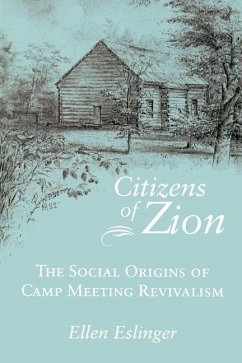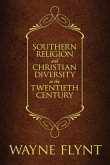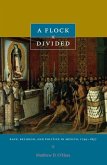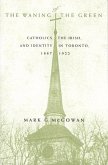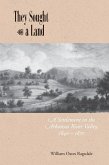One of America's most enduring forms of public worship, the camp meeting had its beginnings at the dawn of the nineteenth century during the "Great Revival" that swept the newly settled regions of the young republic. Camping out at religious gatherings brought people from diverse backgrounds into close and sustained contact, creating a small society governed by religious harmony. The culmination of this phenonenon came in 1801 at Cane Ridge Presbyterian meetinghouse in Kentucky, where more than ten thousand people gathered for a week of worship and fellowship. To trace the origins of the camp meeting, Ellen Eslinger follows Kentucky's development from its initial settlement in 1775 to the eve of the Great Revival. She describes how a region first characterized by border warfare during the Revolution quickly cast off its frontier beginnings. Even so, she demonstrates, settlers found it difficult to cope with challenges posed by economic competition, political partisanship, and cultural conflict. In this time of uncertainty, camp meetings brought a restored sense of community attachment, merging Christian and republican ideals to create a new model of American society. Citizens of Zion does more than explain a particular instance of religious revivalism; it explores the creation of a new form of worship that enabled people to relate more comfortably to a changing society through an intense collective experience. It explains how early camp meeting revivalism--as exemplified by the Cane Ridge gathering--differed significantly from both earlier evangelical forms and later manifestations. Camp meeting revivalism, Eslinger shows, eventually came to reflect the emerging liberal culture, but its early years reveal it as an important mechanism for reintegration into a rapidly transforming world.
Hinweis: Dieser Artikel kann nur an eine deutsche Lieferadresse ausgeliefert werden.
Hinweis: Dieser Artikel kann nur an eine deutsche Lieferadresse ausgeliefert werden.

